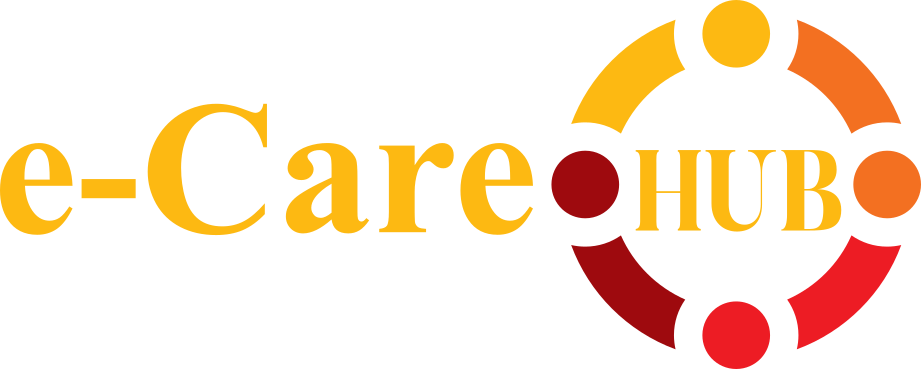S179. Slips, Trips and Falls
{{org_field_logo}}
{{org_field_name}}
Policy Statement
This policy shows how the assessment of risks of slips, traps and falls and related accidents and injuries should be managed.
It is in line with all health and safety laws, regulations and guidance in respect of assessing and managing risk and the importance of always providing safe, person-centred care.
Slips, trips and falls are a serious matter. They are associated with more fatal and specified injuries than any other workplace injury. Statistics show that slip, trip and fall injuries result in many absences from work, cause unnecessary pain and suffering to employees and economic loss to {{org_field_name}}. This policy is intended to reduce the risk of slip, trip and fall injuries.
Arrangements for Securing the Health and Safety of Workers
- Elimination of Hazardous Slip, Trip and Fall Areas and Activities
The employer will ensure that areas and operations which involve a high risk of slip, trip and fall accidents will be eliminated as far as possible. Measures to achieve this will include careful design of work areas and traffic routes, regular maintenance of work areas and traffic routes, and regular inspection and monitoring of work areas and traffic routes. - Assessment of Risk
Competent persons will carry out trip and fall risk assessments. Identified risks will be reduced to the lowest level reasonably practicable. The following factors will be considered during the assessment.
a. The Individual
The age, fitness and dexterity of individuals will be considered along with physical ability, individuals’ awareness of the risks present and the control measures to be followed will be assessed. Other factors relating to the individual may include the suitability of clothing and footwear worn, and eyesight health in relation to work areas and traffic routes and the levels and consistency of lighting, etc.
b. The Task or Activity Being Performed
Consideration will be given to whether employees need to carry objects that are awkward in shape, large or too many objects at once (which might affect balance), whether changes in floor levels increase the risk of falls, whether traffic routes are clear, and whether there are obstacles that must be avoided. Other factors to be considered are whether liquids or slippery materials are present that might cause slip hazards if spilled, or if trailing leads or airlines from equipment create trip hazards.
c. The Immediate Environment
Consideration will be given to slip, trip and fall hazards created by the physical layout of the area, eg whether equipment obstructs traffic routes, or whether there is travel from outdoor to indoor areas which might lead to water being carried in on footwear and articles, and whether matting or other means of drying the soles of footwear and articles are provided at all access and egress points. Other factors will include the general condition of the roof and floors, whether regular building maintenance is carried out, the type of floor covering used, the materials used for cleaning and polishing the floor (which may affect the coefficient of friction between foot and floor) and the amount and type of lighting provided and the arrangements for its maintenance. Safety signs may have to be displayed during cleaning operations.
Duties of Managers and Supervisors
Managers or supervisors must ensure that:
- slip, trip and fall assessments are carried out where relevant and that records are kept
- employees wear appropriate footwear, clear away materials and equipment not in use, do not rush in traffic routes and are properly supervised
- adequate information and training is provided to persons involved in activities or working in areas with the potential for slip, trip and fall accidents, including how to report hazards and who to
- any injuries or incidents relating to slip, trips and falls are investigated, and that remedial action is taken
- employees adhere to safe systems of work
- safety arrangements for the control of slip, trip and fall risks are regularly monitored and reviewed
- regular inspections of work areas and traffic routes are carried out, which cover slip, trip and fall risks: housekeeping, trailing leads, lighting levels and the condition of floors and the building fabric, etc
- regular maintenance of buildings, work areas, traffic routes, equipment and lighting takes place and is recorded.
Duties of Employees
Employees must ensure that:
- they report to management (in confidence) any personal conditions that may increase the risk of slips, trips and falls
- they comply with any instruction and training which is provided in relation to the control of slips, trips and falls
- their own health and safety is not put at risk from slips, trips and falls as they carry out work activities
- they use equipment in a way which does not increase the risk of slips, trips and falls to either themselves or others, eg by trailing leads or through causing obstructions in traffic routes
- any problems relating to slips, trips and falls are reported to a responsible person.
Information and Training
Suitable information and training will be provided to persons who carry out activities involving risks of slips, trips and falls. Additional training will be provided to those identified as being at greater risk. Training needs will be identified and reviewed by a responsible person. Refresher training will also be given at reasonable intervals.
Responsible Person: {{org_field_registered_manager_first_name}} {{org_field_registered_manager_last_name}}
Reviewed on: {{last_update_date}}
Next review date: this policy is reviewed annualy (every 12 months). When needed, this policy is also updated in response to changes in legislation, regulation, best practices, or organisational changes.
Copyright ©2024 {{org_field_name}}. All rights reserved
